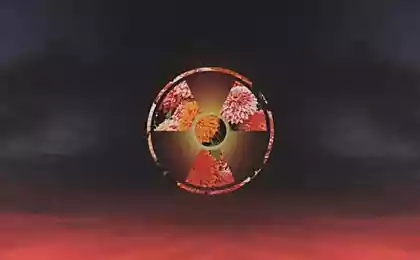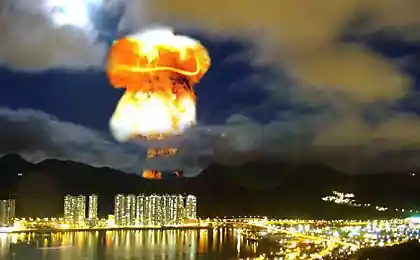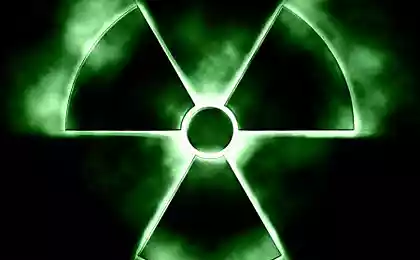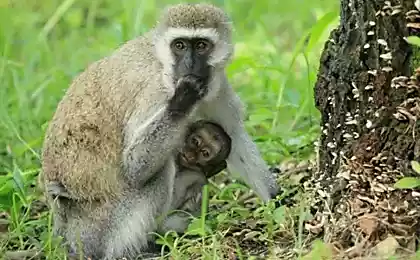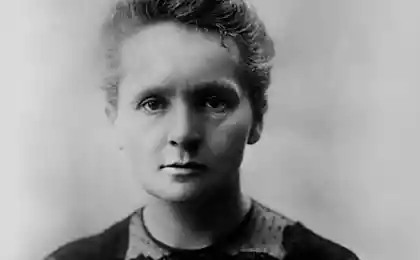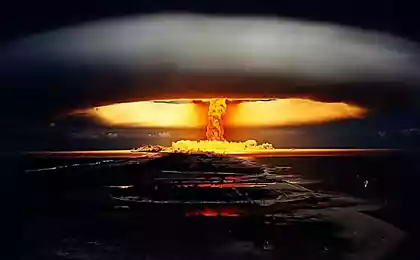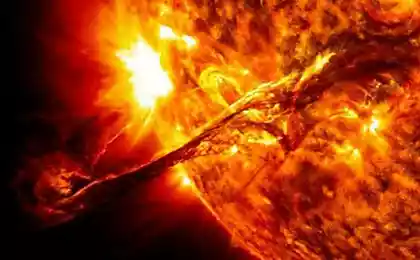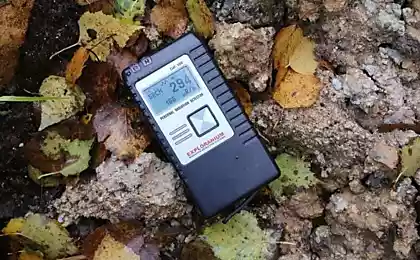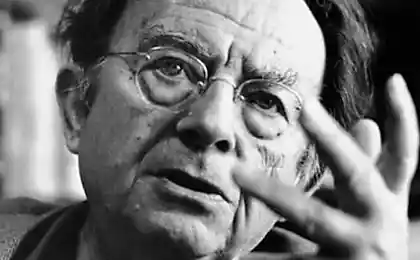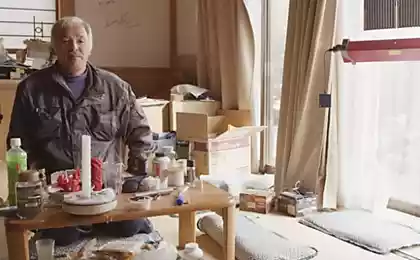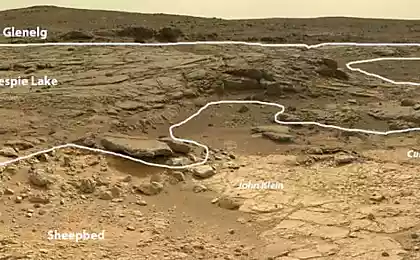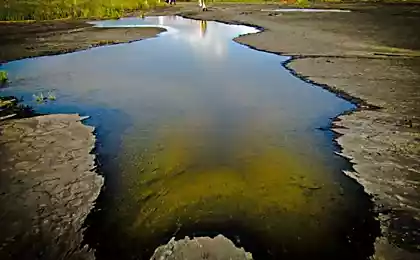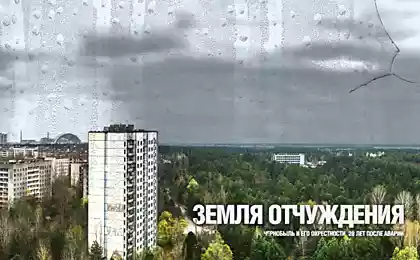604
For wildlife the man was worse than radiation
After the biggest industrial disaster in human history occurred on 26 April 1986 at the Chernobyl nuclear power plant, thousands of residents were forced to leave their homes. The entire region became uninhabitable for humans for the next several hundred years. But nature abhors a vacuum — after the Exodus of man from Chernobyl, the exclusion zone has become a natural sanctuary for moose, ROE deer, deer, wild boar, wolves and many other species of animals whose living space was occupied by people. This information 5 Oct published the journal Current Biology, which once again confirms the vitality of nature and its ability to adapt. This information also gives an important lesson and understanding of how to develop the field later man-made disasters such as in Fukushima, the Japanese.
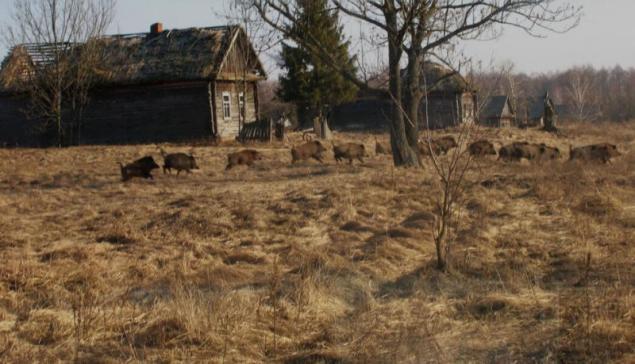
"The number of wild animals in the Chernobyl zone rose significantly compared to the period before the accident," says Jim Smith from the University of Portsmouth in the UK. "We're not saying that radiation has a positive effect on wildlife, no, but there is the fact that human activity in the face of agriculture and forestry, housing, etc., has a greater negative impact."
Conducted immediately after the accident, research on an area of 4 200 square kilometres in the Chernobyl exclusion zone showed once apparent decline in wildlife populations. New data collected over many years of the census and registration of animals say that the population of mammals made a kind of "bounce" and significantly increased.
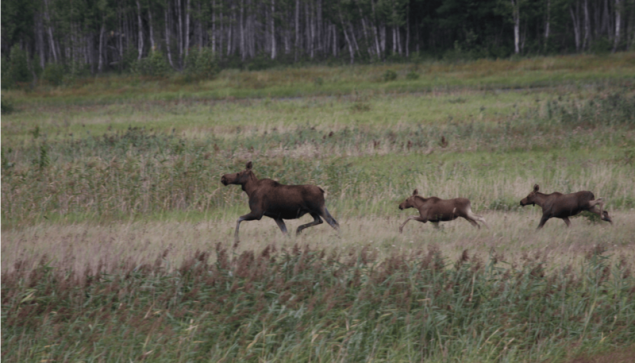
The number of elk, ROE deer, red deer and wild boar in the exclusion zone is similar to the population in the other four, not contaminated by radioactivity reserves in the region, and wolves at all in seven times more. Studies have shown increasing trends in populations of mammals in the period from 86 to 96-th years. The fall of the wild boar population in this period had nothing to do with radiation — the reason was the outbreak of the disease.
"These results show that over the three decades of the Chernobyl area could become home to a large number of mammals even when continuous irradiation," summarize the researchers.
"I have been studying and photographing the fauna in the Chernobyl zone for the last twenty years, and I am very glad that our work was appreciated by the international scientific audience", — said Tatiana Deryabina from the Polesie state radioecological reserve in Belarus. "These data are unique. They illustrate the stability of wildlife populations, if they are freed from the pressure of human activities," added co-author Jim Beasley.
But not everything is as rosy as the scientists describe. People still interfere in the process in the Chernobyl zone. Seriously "mow" the population of ungulates, the poachers, and considerable influence and has a huge population of wolves, which is in protected reserves is regulated by the person. But if the population of predators depends on the number of game, the intervention of poachers in the processes occurring in the Chernobyl zone, no kompensiruet. published
P. S. And remember, only by changing their consumption — together we change the world! © Join us at Facebook , Vkontakte, Odnoklassniki
Source: geektimes.ru/post/263546/

"The number of wild animals in the Chernobyl zone rose significantly compared to the period before the accident," says Jim Smith from the University of Portsmouth in the UK. "We're not saying that radiation has a positive effect on wildlife, no, but there is the fact that human activity in the face of agriculture and forestry, housing, etc., has a greater negative impact."
Conducted immediately after the accident, research on an area of 4 200 square kilometres in the Chernobyl exclusion zone showed once apparent decline in wildlife populations. New data collected over many years of the census and registration of animals say that the population of mammals made a kind of "bounce" and significantly increased.

The number of elk, ROE deer, red deer and wild boar in the exclusion zone is similar to the population in the other four, not contaminated by radioactivity reserves in the region, and wolves at all in seven times more. Studies have shown increasing trends in populations of mammals in the period from 86 to 96-th years. The fall of the wild boar population in this period had nothing to do with radiation — the reason was the outbreak of the disease.
"These results show that over the three decades of the Chernobyl area could become home to a large number of mammals even when continuous irradiation," summarize the researchers.
"I have been studying and photographing the fauna in the Chernobyl zone for the last twenty years, and I am very glad that our work was appreciated by the international scientific audience", — said Tatiana Deryabina from the Polesie state radioecological reserve in Belarus. "These data are unique. They illustrate the stability of wildlife populations, if they are freed from the pressure of human activities," added co-author Jim Beasley.
But not everything is as rosy as the scientists describe. People still interfere in the process in the Chernobyl zone. Seriously "mow" the population of ungulates, the poachers, and considerable influence and has a huge population of wolves, which is in protected reserves is regulated by the person. But if the population of predators depends on the number of game, the intervention of poachers in the processes occurring in the Chernobyl zone, no kompensiruet. published
P. S. And remember, only by changing their consumption — together we change the world! © Join us at Facebook , Vkontakte, Odnoklassniki
Source: geektimes.ru/post/263546/
